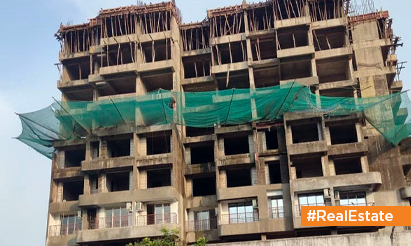Is it harmful to live near a landfill?
Aside from significantly hurting property values, residential properties near a dump represent a serious hazard to occupants’ health. According to reports, the drawbacks of living near a dump are elaborated.
Managing solid waste has emerged as a major challenge as metros develop to accommodate more migrants each year. When untreated trash is disposed of in landfills, it emits toxic fumes that can cause lung cancer. According to studies, the principal output of landfills is hydrogen sulphide. Humans, especially kids, are at risk from the gas. It not only affects the respiratory organs, but it also impairs the immune system. Aside from that, there are a number of other disadvantages to living near a dump.
Common Disadvantages of Living Near a Landfill
Contaminated Water Supply
Toxic gases from decomposing rubbish combine with groundwater to form leachate, a hazardous sludge that seeps into the earth and mixes with the water beneath. If the polluted water is not properly treated, it becomes a component of the water supply in the region. In general, landfill sites include pipes designed to collect leachate and keep it from contaminating groundwater; but, as pipes degrade over time, the likelihood of leachate polluting the potable water supply increases. As a result, one of the major disadvantages of living near a dump is polluted water supplies.
Methane Gas Hazards
Another significant downside of a nearby landfill is the discharge of methane gas. The polymerizing of landfill garbage produces methane gas, which is 21 times more dangerous than carbon dioxide. Methane is highly combustible, putting nearby residents at danger of an explosion.
A similar incident occurred at Bangalore’s Bellandur Lake a few years ago. The lake, which covered 900 acres, caught fire due to methane gas production. Every day, about 500 million gallons of untreated sewage water were dumped into the lake. After being left untreated for an extended period of time, the resulting foam, methane, and oil layer combusted the lake for days, causing major issues for the people who lived nearby.
Air Pollution and Respiratory Issues
As previously said, landfills release harmful gases such as hydrogen sulphide, which has a negative influence on respiratory organs and can cause lung cancer. Children are particularly vulnerable, with an 11 percent likelihood of being rushed to the hospital for respiratory difficulties and a 13 percent chance for asthma. Furthermore, dumping sites discharge a variety of additional poisons that pollute water, air, and soil.
Negative Impact on Property Value and ROI
Property located near a landfill may have a poorer Return on Investment (ROI). First, finding a buyer is tough, and second, a landfill near the property functions as a growth impediment. Houses near such areas frequently encounter restricted demand and, as a result, limited price appreciation. According to statistics, a landfill may reduce the value of a property by 20-30% and have a significant influence on its selling.
Inadequate Waste Management Policies
The Municipal Solid Waste Rules (MSWR), 2000 control Municipal Solid Waste Management (MSWM) in India. Unfortunately, most metropolitan local governments lack adequate action plans for carrying out and enacting the MSWR.
Conclusion: The Importance of Research Before Buying
When purchasing property near a dump, the likelihood of the aforementioned issues increases. As a result, the only viable alternative is to undertake thorough research and avoid areas with dumping sites nearby.
Disclaimer: The views expressed above are for informational purposes only based on industry reports and related news stories. PropertyPistol does not guarantee the accuracy, completeness, or reliability of the information and shall not be held responsible for any action taken based on the published information.




